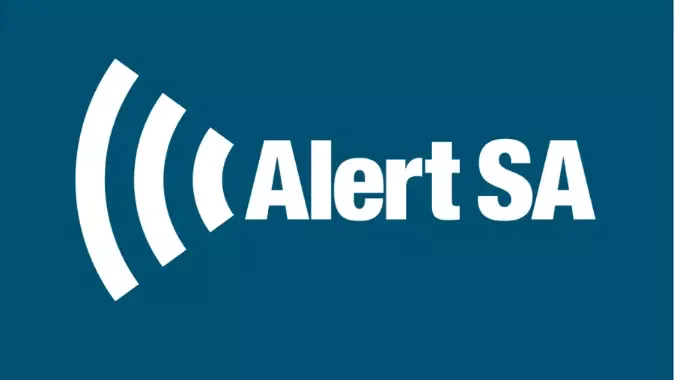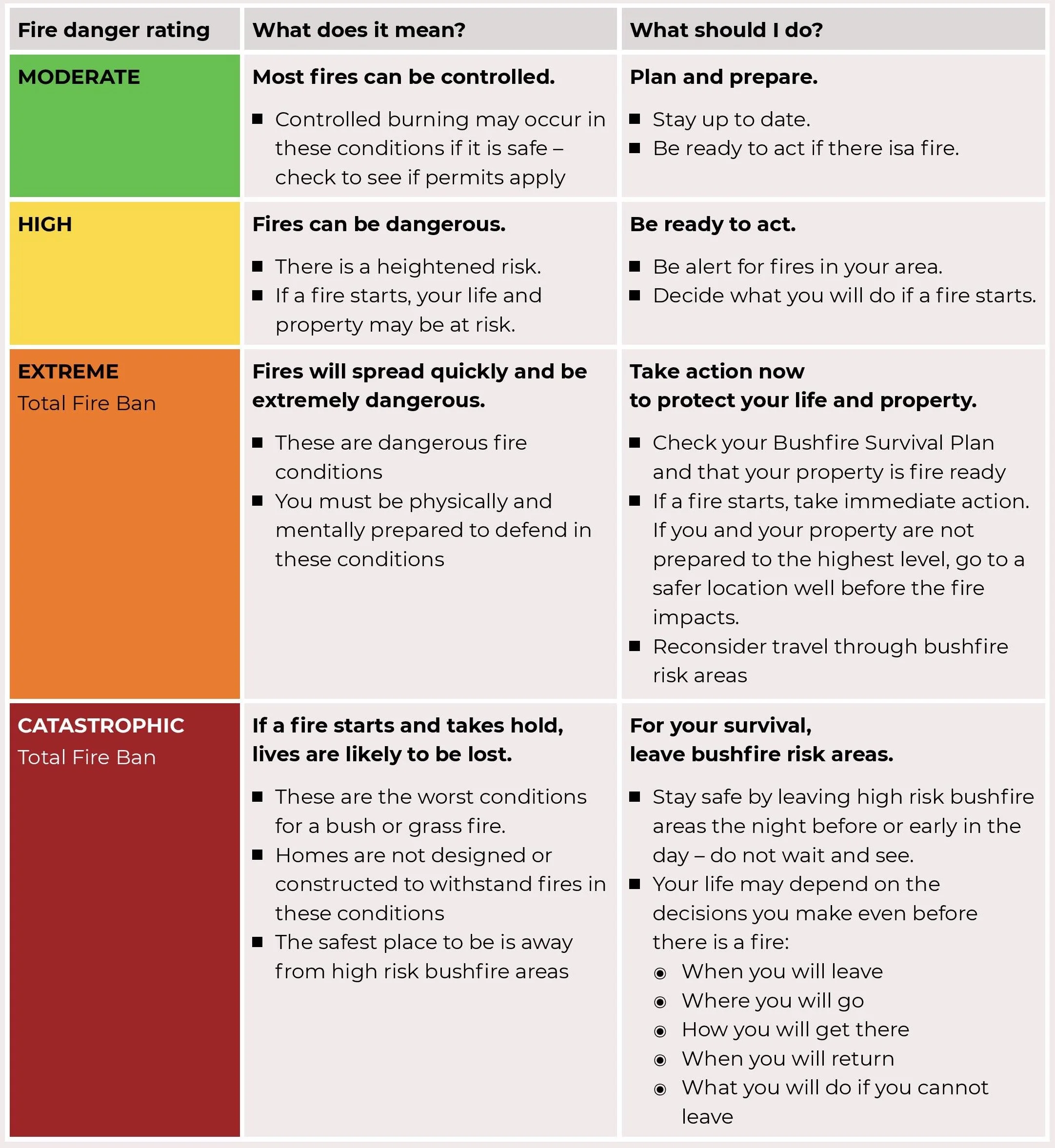What you can do:
1.Basic steps
1.1 Install the AlertSA app
The first basic step is ensuring that you are alerted of fires around you.
You are in charge of ensuring that you are informed about fires and emerging threats. There are several channels you can use (see below) — and you should monitor several of them.
The free Alert SA app is a key tool provided by the South Australian Fire and Emergency Services Commission (SAFECOM). Set up watchzones and notifications to receive alerts on your phone. You can customise it to your needs. On the Alert SA website, you will find:
a video on how to download and install the app,
a video on how to create watchzones,
a user guide to download,
frequently asked questions and support.
-
Make sure that your phone is fully charged and have a power bank with you on days of elevated fire danger.
-
In the settings, ensure that you have Critical Alerts enabled. If enabled, you will still be able to receive Emergency Warnings (but not other alerts) in sleep or ‘do not disturb’ modes. See details in the user guide.
-
Alert SA can give alerts for several types of hazards — and while this may be useful, it can also mean that you receive lots of alerts. When setting up your watchzone, focus on those aspects that matter most to you.
When considering the radius of your watchzone, be mindful of the dynamic potential of bushfires. You may create a bigger watchzone on days of elevated fire danger.
-
While Alert SA is very useful, never rely on a single channel to keep informed. Have a battery-powered radio at hand (in your emergency kit), and consider these additional channels:
Visit the CFS website at www.cfs.sa.gov.au
Call the bushfire information hotline on 1800 362 361
Follow the CFS on Facebook: @CountryFireService
Follow the CFS on X (formerly Twitter): @CFSalerts
Tips for keeping informed
1.2 Understand ratings and warnings
Ratings and warnings are two instruments used to communicate the level of risk. These complement each other but are different in nature.
Fire danger ratings describe the potential level of danger a community could face, should a bushfire start. Use Fire Danger Ratings to understand and act before a fire starts (they are about tomorrow and the coming days).
Warnings provide information about what to do during a hazard, such as a bushfire. Use warnings to understand what danger you're in, and what you need to do to stay safe (they are about the coming minutes and hours).
Note that ‘no rating’ is issued for days where no proactive action is required by a community. This does not mean that fires cannot happen, but that they are less likely to move or act in a way that threatens the safety of the community.
1.3 Understand safer places
Two categories of places can be used to shelter from a bushfire — these are called (A) Bushfire Safer Places and (B) Bushfire Last Resort Refuges.
(A) Bushfire Safer Places can be used for days of elevated fire danger or during a bushfire. They are areas that have been designated as a places of relative safety, such as metropolitan Adelaide and some regional townships. They feature many buildings to shelter in, lower fuel loads, and typically better access to community services.
(B) Bushfire Last Resort Refuges should only be used as a last resort — that is, if your plan has failed. These places offer limited protection but may provide a central gathering point if all other options are not available.
To learn more about Bushfire Safer Places and Bushfire Last Resorts, and to find the ones closest to you, see the related page on the CFS website.
1.4 Know how to act on fire danger days.
On fire danger days — especially those classified as extreme or catastrophic — leaving early is your safest option. This means leaving a bushfire risk area to a Safer Place well before a fire starts, either the evening prior or early in the morning.
The option to Stay & Defend is extremely dangerous, and you will need to be exceptionally well prepared both physically and mentally. Without a well-developed bushfire survival plan and measures to reduce your risk, you should not consider to Stay & Defend as your first option: the experience may be traumatising and lead to loss of life.
However, even if you choose to leave early, you may not be able to do so. Fires can evolve very quickly, and if there is already thick smoke, embers or flames nearby, it is no longer safe to leave. Therefore, you should have the stay & defend option as a contingency plan if you cannot leave. That is why we must prepare, even if we choose to leave early.
Be aware that leaving late is the most dangerous option. Don’t change your mind last minute, trying to outrun the fire. Cars offer much lower protection from radiant heat than homes. Many panicked drivers, low visibility, traffic jams, responding emergency services, and blocked roads make driving in these circumstances dangerous. Many people have died in their cars, trying to outrun the fires. This video on ember attacks is a powerful argument for leaving early.
Be alert and informed. Be prepared. And go further to take advanced steps, including the development of a good bushfire survival plan.






